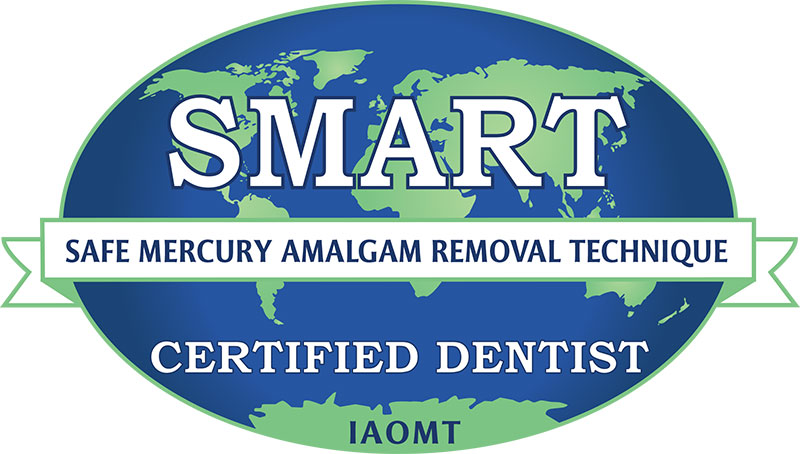When do you need an Emergency Dental Appointment?
Dental caries
Dental caries is a pathologic progress by which bacterial enzymes and carbohydrate fermentation products dissolve, demineralise, and damage the enamel, dentin, and dental pulp systems. As a result of short-term bacterial, chemical, mechanical, and thermal trauma, the hyper-inflammatory reaction within the pulp system may cause reversible sensitivity, discomfort, and pain. In this case, you will be provided with a provisional or permanent filling.
A result of long-term bacterial, chemical, mechanical, and thermal trauma or a leaking filling may compromise the regenerative capacity of the pulp complex. The hyper-inflammatory reaction results in increased pressure within its pulp chamber, hence stimulating pain receptors along the periphery of the pulp complex, which may cause irreversible discomfort and toothache. In this case, you may need a root canal treatment and a temporary filling before you receive your permanent composite bonding and white filling or a dental crown.
Therefore, the necrotic or infected tissues within the pulp chamber should be eliminated, while the root canal system should be debrided of any bacterial residues using chemical and mechanical means.
Pericoronitis
An operculum is a soft tissue that may partially cover an erupting third molar tooth. Pericoronitis is a recurrent inflammation with swelling and pus around a partially erupted tooth or fully erupted third molar, which is inadequate space in the lower arch or failure to erupt completely, often due to limited space for eruption or a non-ideal angle of tooth eruption.
An operculum is a soft tissue around the tooth which may partially cover an erupting third molar tooth—following the accumulation of food debris and stagnation of plaque micro-organisms. Pericoronitis is a recurrent symptomatic inflammation causing swelling and pus discharge within a closed space. Sometimes, the peri-coronal infection can spread into the potential adjacent tissue spaces and cause an acute spread of infection into the neck or face, causing facial swelling or compromising the airway. Depending on the extent and severity of peri-coronal tissue involvement, the signs and symptoms of pericoronitis may vary in the form of pain and tenderness, redness and swelling, abscess and bad taste, muscle spasm, and tenderness of cervical lymph nodes.
Food impaction
During mastication, the food may be packed within the existing gaps between the teeth. This causes gum inflammation, root sensitivity, and even deep caries under the gum line.
To address the cause and symptoms of the food impaction and alleviate the tenderness, you will receive a new restoration to close the gap, antibacterial gel, and appropriate oral hygiene practices in most instances.
High-point restorations
After placement of a new filling, onlay/inlay or a new crown, the high-point/proud restoration should be carefully removed to avoid deflective contacts and continuous occlusal trauma to the tooth and its supporting tissues. The symptoms may vary as toothache, tooth hypersensitivity, tooth mobility and deep dull pain. Your dentist needs to revise your bite using articulating paper and polishing tips.
Dental root fracture
Following propagation of root hair fracture or as a result of existing extensive filling and fragile remaining tooth or an abrupt root fracture, pain and discomfort may occur. The fractured tooth root may present with tooth mobility, proud tooth, tenderness on chewing, localised gingival abscess or late jaw infection. Patients are advised to refer to their dentist at the earliest convenience to avoid untoward infectious bone infection.
Periodontal/Gingival abscess
Gum abscess in the form of periodontal infection presents with diffuse swelling, spontaneous suppuration, tooth extrusion, and mobility. It could be caused by pulp necrosis or endodontic failure of infection.
Acute ulcerative Necrotizing gingivitis (ANUG)
ANUG is an infectious oral condition featuring an abrupt initiation of interdental crater-like painful lesions most common in young people. It is caused by a complex bacterial (fusiform and spirochete) infection prevalent among people with immunosuppression, malnutrition, psychological stress, and tobacco consumption.
Herpetic Gingivostomatitis
Herpetic gingivostomatitis is an oral condition manifested as painful ulcerative oral lesions caused by activating a virus called Herpes Simplex Virus type 1 (HSV-1). The patient could present with high-grade fever and burning mouth syndrome. These oral lesions may occur in children before age five and can be reactivated during adulthood.
What are the causes of recurrent periodontal infection?
Sometimes, periodontal infection exacerbation can occur in untreated periodontitis, refractory periodontitis, resolved and recurrent systemic (e.g., diabetes), or other local risk factors.
FAQ – What do patients usually ask about composite bonding?
- Pain or discomfort leads to common dental emergencies requiring immediate management.
- Rapid destruction of the periodontium negatively impacts the prognosis of the affected tooth.
- Systemic dissemination of a localised infection causes severe systemic consequences.
To determine the presence of tooth decay, tooth damage, defective filling, leaking filling or crown, gum disease or periodontal infection around the teeth roots, an emergency dental appointment requires comprehensive clinical and radiographic investigations.


